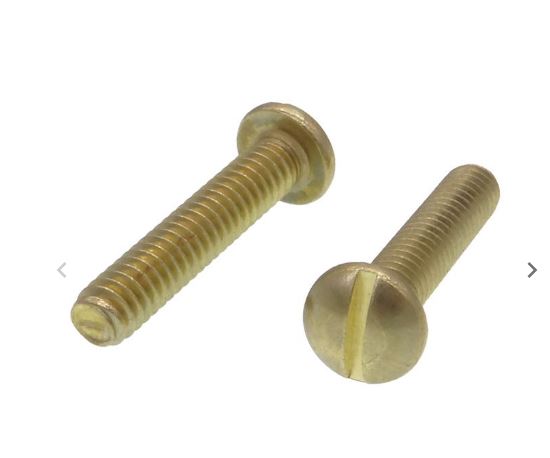The difference between cold heading and turning production of slotted drive brass bolt screw

Slotted drive bolts screw is a common connecting element with a linear shape, usually machined by cold heading machines or lathes. The production of slotted drive screws is usually carried out in two ways: cold heading production and turning production
Slotted drive bolts screw manufacturers in the cold heading production of a word screw, at the beginning will use an extrusion machine with the head of a section of steel pressed into a long rod with different diameters at both ends, become slotted drive screw blanks, and then in the cold heading machine for forming. When processed on the cold heading machine, the steel blanks will undergo several cold extrusion forming and cutting off processes to form the threaded part of the Slotted drive bolts screw
When slotted drive bolts manufacturer turns to produce a slotted drive screw, at first the entire strip or blank (also called the mother material) of the slotted drive screw is machined on a lathe, and then threads are turned on the lathe. When machining on the lathe, workers use a screw cutting tool to machine the threaded portion of the slotted drive screw.
In terms of appearance, a cold heading-produced set screw will be uneven at the edges, while a turned-produced slotted slot will look better, though it will also be more expensive.
In general, cold heading production is suitable for the production of large quantities of slotted drive screws, with the advantages of high efficiency, rapid, once formed; while turning production is suitable for the production of small quantities or customized slotted drive screw, flexible adjustment of processing parameters according to demand, processing the thread shape of high precision.
